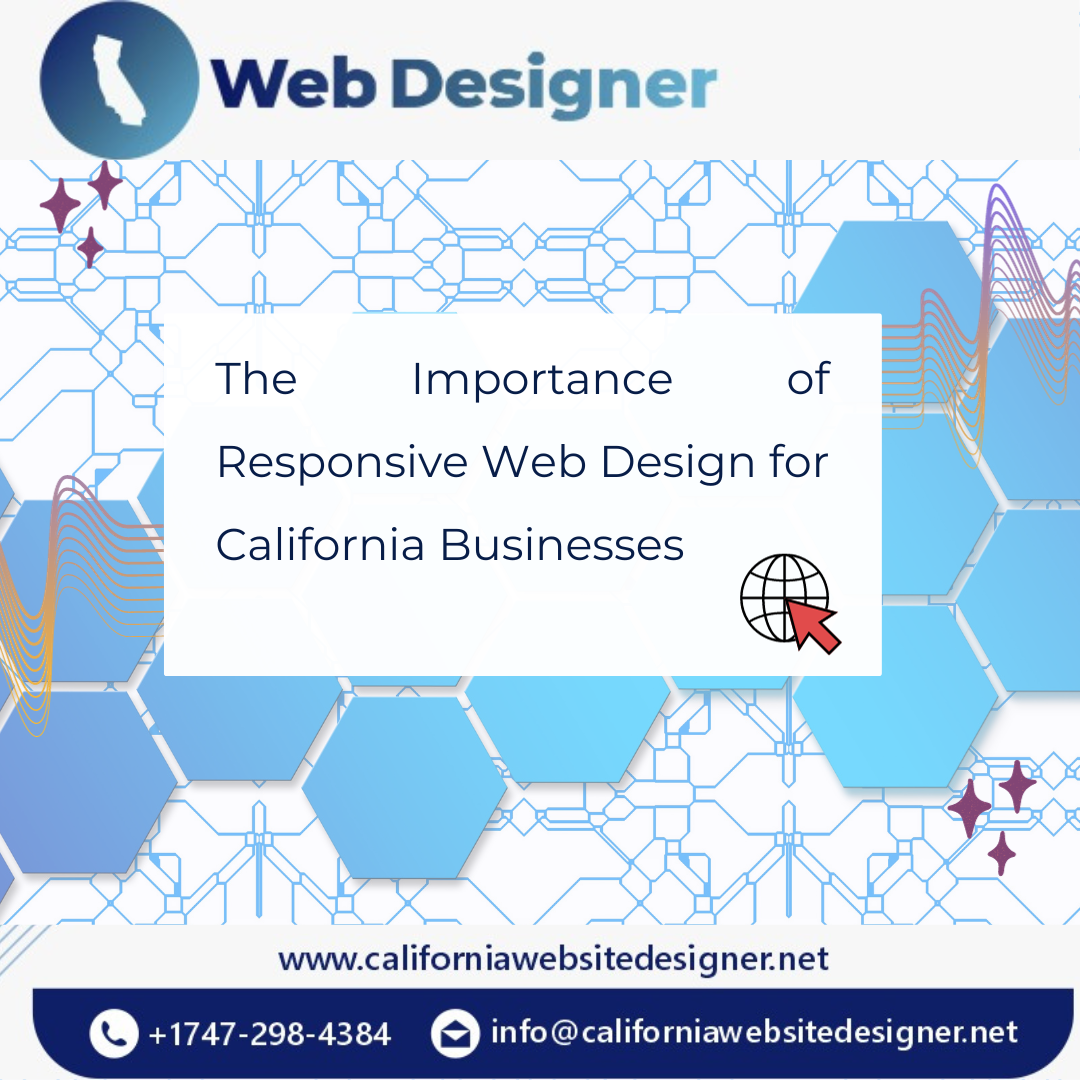Discover how coloring plays a crucial function in design and discover ways to use color psychology efficiently in your graphic designs. Get insights, examples, and social evidence in this comprehensive guide.
Color Psychology in Graphic Design: In the world of image layout, one element sticks out as an effective device for conveying emotions, messages, and aesthetics: shade. The use of shade isn’t always just about making designs visually appealing; it’s approximately information on the psychology at the back of colors and how they impact the viewer’s perception. In this newsletter, we’re going to dive deep into the world of color psychology and discover the way to harness its ability to create impactful image designs. From the basics to real-global examples and social evidence, let’s embark on a colorful adventure of layout mastery.
Understanding the Basics
The Significance of Color
Colors are more than simply pigments; they evoke emotions, reminiscences, and associations. Each hue includes a completely unique psychological impact, making it critical to pick colors accurately for your photograph designs.
The Color Wheel
Before we delve into psychology, let’s explore the color wheel—an essential tool for designers. It helps pick out coloration harmonies and understand how colors relate to each other.
The Dynamic Psychology of Color
Now, permits uncovering the emotional and psychological responses associated with one-of-a-kind colorations. Understanding these reactions is important for crafting layout messages that resonate.

Applying Color Psychology in Graphic Design
Color Selection for Branding
Discover how top manufacturers use shade psychology to establish their identity and hook up with their target market. Learn from successful examples.
Establishing Identity:
Colors play a crucial function in establishing an emblem’s identity. They emerge as synonymous with the brand itself, making it immediately recognizable. Consider the subsequent instance:
Example: Apple is instantly diagnosed by means of its minimalist white or silver brand. This choice of color represents simplicity, elegance, and innovation, aligning with Apple’s logo identification as a frontrunner in the modern era.
Learning from Successful Examples:
Studying successful brands and their use of color can provide valuable insights for businesses looking to establish their own brand identity. By examining what works for these brands, others can adapt and apply similar strategies to their own marketing efforts.
Example: FedEx uses a combination of purple and orange in its logo. The use of purple represents reliability and professionalism, while the orange suggests energy and speed. FedEx’s successful brand identity reflects its commitment to fast and dependable delivery services.
Creating Emotional Impact
Creating with emotional effect entails know-how of how the choice of colors can elicit precise feelings or emotions in website traffic. For example, using heat colors like purple and orange can evoke an experience of pleasure or passion, while cooler colors like blue and inexperienced might also promote calmness or trust. By cautiously deciding on shades that align with your design dreams and the emotional response you need to cause, you may create a more engaging and remarkable consumer experience. This process courses you in making knowledgeable coloration choices that resonate with your target market and decorate the general effect of your design.
Enhancing User Experience
Colors affect how users interact with websites and apps. We’ll discuss a way to improve user reveal through thoughtful color choices.
Conveying Messages Effectively
Uncover the artwork of the use of colors to convey messages without words. This phase will offer sensible tips and examples.
Real-Life Success Stories
Delve into real-global examples of successful designs that harnessed color psychology to acquire their goals. These case studies offer treasured insights.
Coca-Cola:
Coca-Cola’s journey to global success is intimately tied to the strategic use of the color red in its branding. The choice of red is not arbitrary; it’s grounded in color psychology. Red is known to stimulate appetite and create a sense of urgency. By embracing this vibrant hue, Coca-Cola’s packaging doesn’t merely stand out on store shelves; it orchestrates a symphony of cravings in the minds of consumers. This ingenious application of color psychology has elevated Coca-Cola to its iconic status as one of the most recognized and consumed beverages worldwide.
Facebook:
Facebook’s astounding global triumph can be attributed, in part, to the deliberate use of the color blue in its design. This choice is far from coincidental, as blue is emblematic of trust, reliability, and effective communication. Mark Zuckerberg’s astute selection of this color palette doesn’t merely offer a sense of security to users; it actively encourages them to engage and foster connections on the platform. Facebook’s unparalleled success serves as a compelling testament to the transformative influence of color psychology on user engagement and global reach.
How Color Psychology Works within the Real World
Mastering Color Psychology: Testimonials from Design Experts
Leading designers percentage their studies and insights on the use of shade psychology to create impactful designs.
Leading Designers: These are designers who are considered experts or leaders in their respective fields. For instance, Stefan Sagmeister, known for his innovative and experimental design work, could be one of the leading designers sharing their insights.
Percentage of Their Studies and Insights: This indicates that these experts are not just sharing personal anecdotes but are providing valuable information based on their research and experiences. For example, a testimonial might include data on how a particular color choice in a logo design led to a significant increase in brand recognition.
Use of Color Psychology: This highlights the point of interest of the testimonials, which is the software of color psychology. Color psychology is the look at ways colorations can have an impact on human feelings and behaviors. For instance, a designer might explain how using warm colors like red and orange can create a sense of urgency and excitement in marketing materials.
Create Impactful Designs: The ultimate goal of using color psychology is to create designs that have a strong and positive effect on the target audience. An example here could be a testimonial from a web designer who discusses how they optimized the color scheme of a website to increase user engagement and conversion rates.
User Feedback and Engagement
Explore how businesses have significantly enhanced patron engagement and delight by strategically implementing color psychology in their branding and marketing strategies. By harnessing the emotional power of colors, these businesses have not only captured the attention of their target audience but have also forged stronger connections. They’ve discovered that the careful selection of colors can evoke specific emotions and perceptions, influencing consumer behavior in profound ways.
From calming blues that promote trust and reliability to vibrant reds that instigate excitement and urgency, the impact of color choices on consumer decisions is a fascinating journey in the realm of branding and marketing. Our comprehensive guide, ‘Mastering The Dynamic Color Psychology in Graphic Design,’ delves into how top-performing companies have leveraged the science of color psychology to not just attract customers but to create memorable and emotionally resonant brand experiences.”
Statistical Data
“Mastering The Dynamic Color Psychology in Graphic Design adds a deeper layer to these statistics. These numbers not only underscore the significant impact of color on consumer behavior but also emphasize its role in brand recognition and recall. Studies show that using the right colors can increase brand recognition by up to 80%. Moreover, colors evoke specific emotions; for example, red can convey urgency or passion, while blue may evoke trust and reliability. By leveraging these insights, designers can strategically harness the power of color to influence user decisions and enhance the overall user experience, making statistical evidence coupled with expertise a crucial tool in the designer’s arsenal.”

Conclusion
In the arena of photograph layout, colors are your secret weapon, and California Website Designer understands their power. With expertise in color psychology, we can create designs that not only captivate but also communicate effectively. From logo identity to user interface, the impact of color is undeniable. ‘Mastering The Dynamic Color Psychology in Graphic Design,’ Armed with knowledge, examples, and social proof, California Website Designer is your go-to partner to infuse your designs with the magic of color psychology.
FAQs
Q: How do I choose the proper color scheme for my layout?
A: Start via information on your layout’s motive and audience. Then, talk over with the shade wheel and keep in mind the emotions you want to awaken.
Q: Can shade psychology be carried out in web design?
A: Absolutely! Colors play a vital position in internet design, influencing consumer behavior and perceptions.
Q: Are there cultural variations in shade symbolism?
A: Yes, cultural backgrounds can have an impact on the translation of colors. It’s vital to bear in mind cultural nuances for your designs.
Q: Can shade psychology be used for marketing materials?
A: Yes, many successful advertising campaigns have trusted coloration psychology to draw and engage clients.
Q: How can I make certain my coloration alternatives are on-trend?
A: Stay updated with design traits and color forecasts. Also, consider your emblem’s identification and values.
Q: What tools can assist me in creating harmonious shade palettes?
A: There are numerous online equipment and apps designed that will help you pick and create harmonious shade palettes effortlessly.








